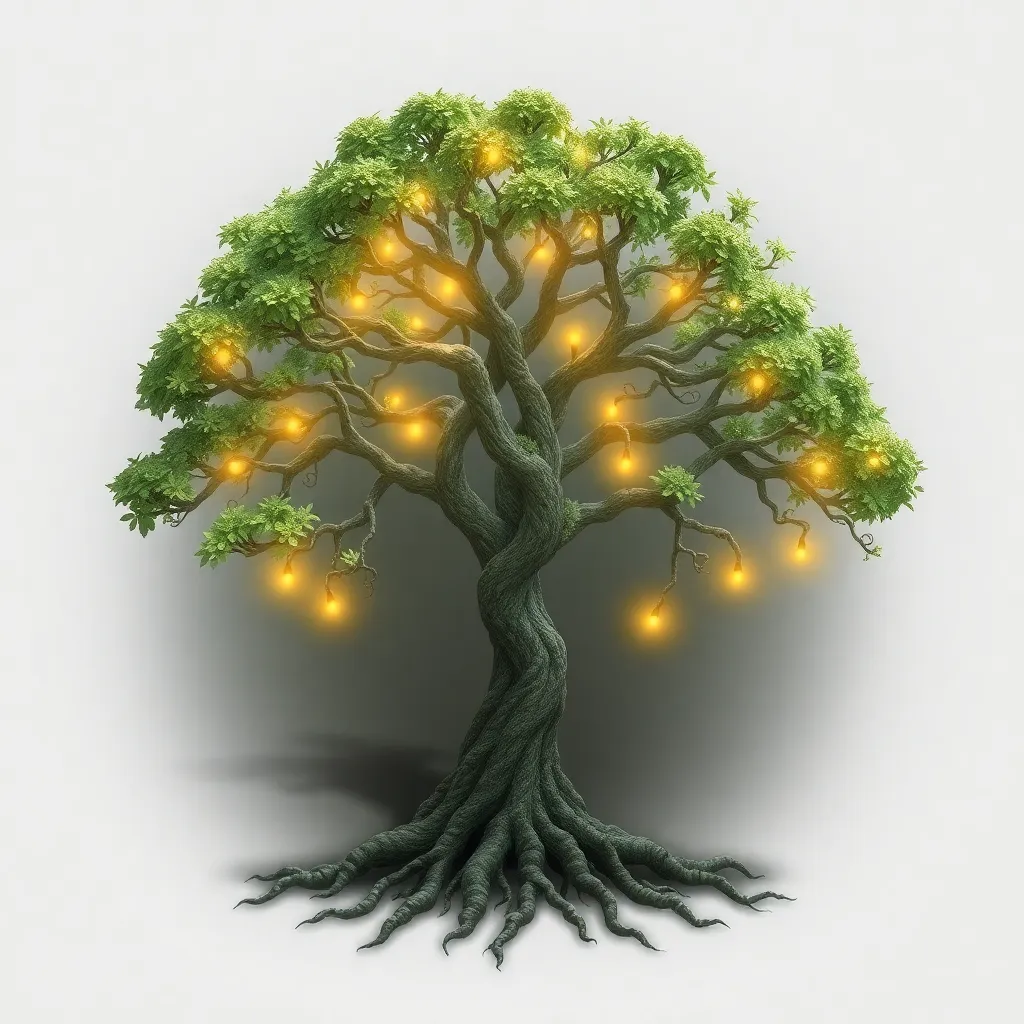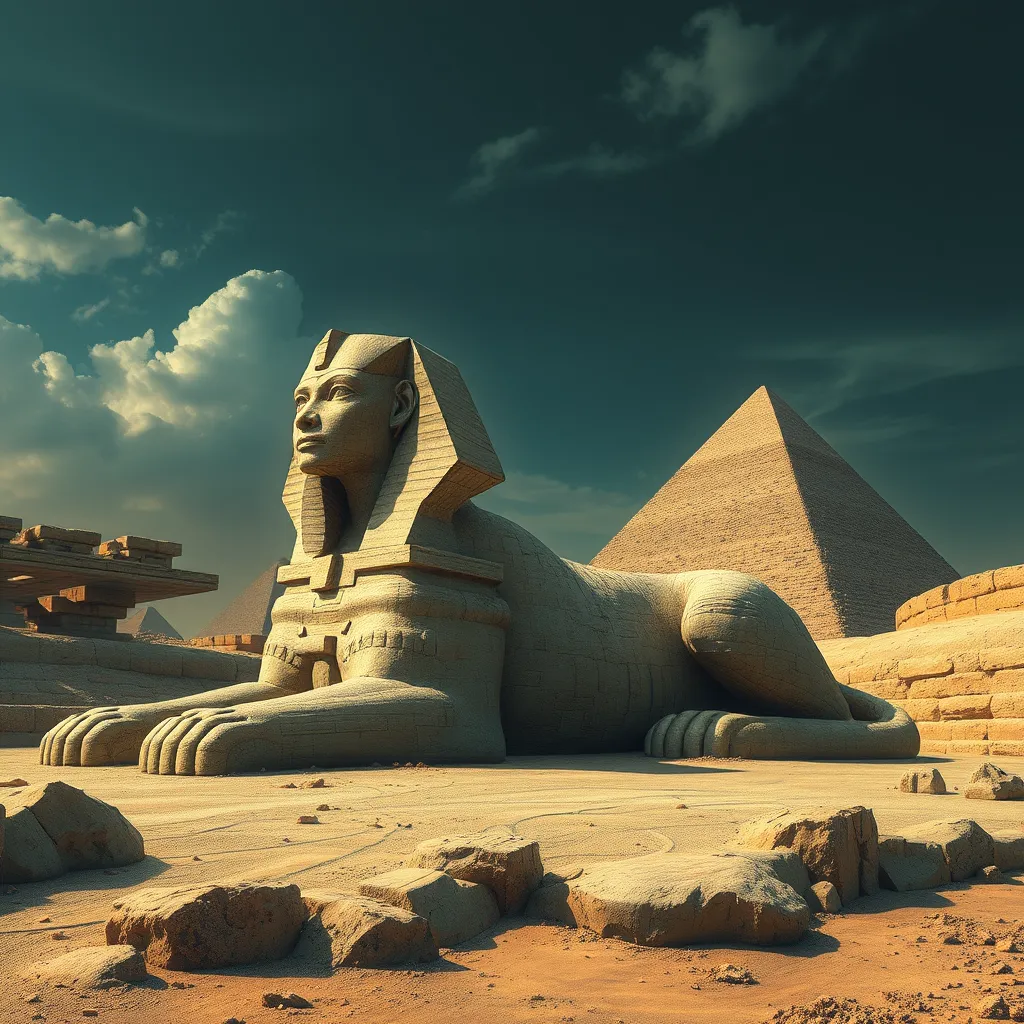The Tree of Life: Dryads as Symbols of Growth and Renewal
I. Introduction
The concept of the Tree of Life is a powerful symbol found in various cultures, representing interconnectedness, growth, and the cycle of life. It serves as a reminder of our relationship with nature and the life-giving forces that surround us.
In mythology, dryads are tree spirits that exemplify this connection. They embody the essence of trees and forests, serving as guardians of these vital natural resources. Dryads hold a significant place in folklore, symbolizing not only the beauty of nature but also its importance in the cycle of life.
This article explores how dryads embody the themes of growth and renewal, reflecting the deep interconnection between nature and humanity.
II. The Mythology of Dryads
Dryads have their origins in ancient cultures, particularly in Greek mythology, where they are considered nymphs associated with oak trees. The name “dryad” comes from the Greek word “drys,” meaning oak.
There are various types of tree spirits in mythology, each associated with different types of trees:
- Naiads: Water nymphs, often associated with freshwater bodies.
- <strong<Oreads: Mountain nymphs, residing on cliffs and in caves.
- Hamadrayads: Dryads that are specifically tied to individual trees, living and dying with their trees.
Throughout various mythologies, trees are often seen as symbols of life, wisdom, and growth, representing the cycle of birth, death, and rebirth.
III. The Connection Between Dryads and Nature
Dryads serve as the guardians of trees and forests, emphasizing the importance of these natural environments. They are believed to protect the trees from harm and ensure their health and vitality. In many stories, harming a tree would also harm its dryad, symbolizing their inseparable bond.
Trees play a crucial ecological role, promoting life and biodiversity. They provide oxygen, improve air quality, conserve water, preserve soil, and support wildlife. The health of dryads is often seen as a reflection of the health of their natural surroundings, underlining the interconnectedness of all life forms.
IV. Growth and Renewal: The Life Cycle of Trees and Dryads
The life cycle of trees, marked by seasonal changes, serves as a powerful metaphor for growth and renewal. In spring, trees bloom, representing new beginnings. Summer signifies life at its peak, while autumn reflects transformation and preparation for rest in winter.
This cycle of regeneration and rebirth is mirrored in the lives of dryads, who are thought to embody the vitality of their trees. In art and literature, dryads are often depicted as vibrant beings, celebrating the beauty of nature’s cycles.
V. Dryads in Contemporary Culture
In modern literature and media, dryads continue to be represented as symbols of nature’s beauty and resilience. They appear in various forms, from fantasy novels to films, often embodying themes of environmental conservation and the bond between humanity and nature.
As environmental movements gain momentum, the symbolism of dryads becomes increasingly relevant. They serve as reminders of the need to protect our natural resources, encouraging a deeper appreciation for the environment.
Dryads influence contemporary views on nature and conservation, inspiring individuals to engage in sustainable practices and advocate for the protection of forests and wildlife.
VI. The Psychological and Spiritual Significance of Dryads
Dryads symbolize personal growth and inner renewal, reflecting the human experience of change and transformation. Their connection to trees highlights the psychological bond humans share with nature, often providing comfort and a sense of belonging.
In various belief systems, dryads are interpreted as spiritual beings that guide individuals towards self-discovery and healing. They remind us of the importance of nurturing our environment and, in turn, nurturing ourselves.
VII. The Importance of Protecting Nature for Future Generations
To preserve the symbolism of dryads and the teachings of the Tree of Life, it is essential to engage in conservation efforts. Protecting our natural world ensures that future generations can experience the beauty and vitality of trees and forests.
Numerous initiatives and movements focus on tree planting and forest preservation, aiming to restore and maintain vital ecosystems. These efforts not only benefit the environment but also foster a deeper connection to nature.
Encouraging future generations to appreciate and protect nature is vital. By instilling these values, we can ensure that the legacy of dryads as symbols of growth and renewal endures.
VIII. Conclusion
In summary, dryads and the Tree of Life carry profound significance in our understanding of growth and renewal. They remind us of the interconnections between all living beings and the environment.
The enduring message of growth and renewal resonates in our lives, urging us to protect our natural world and embrace its beauty. We must answer the call to action, advocating for the preservation of our forests and fostering a harmonious relationship with nature.



